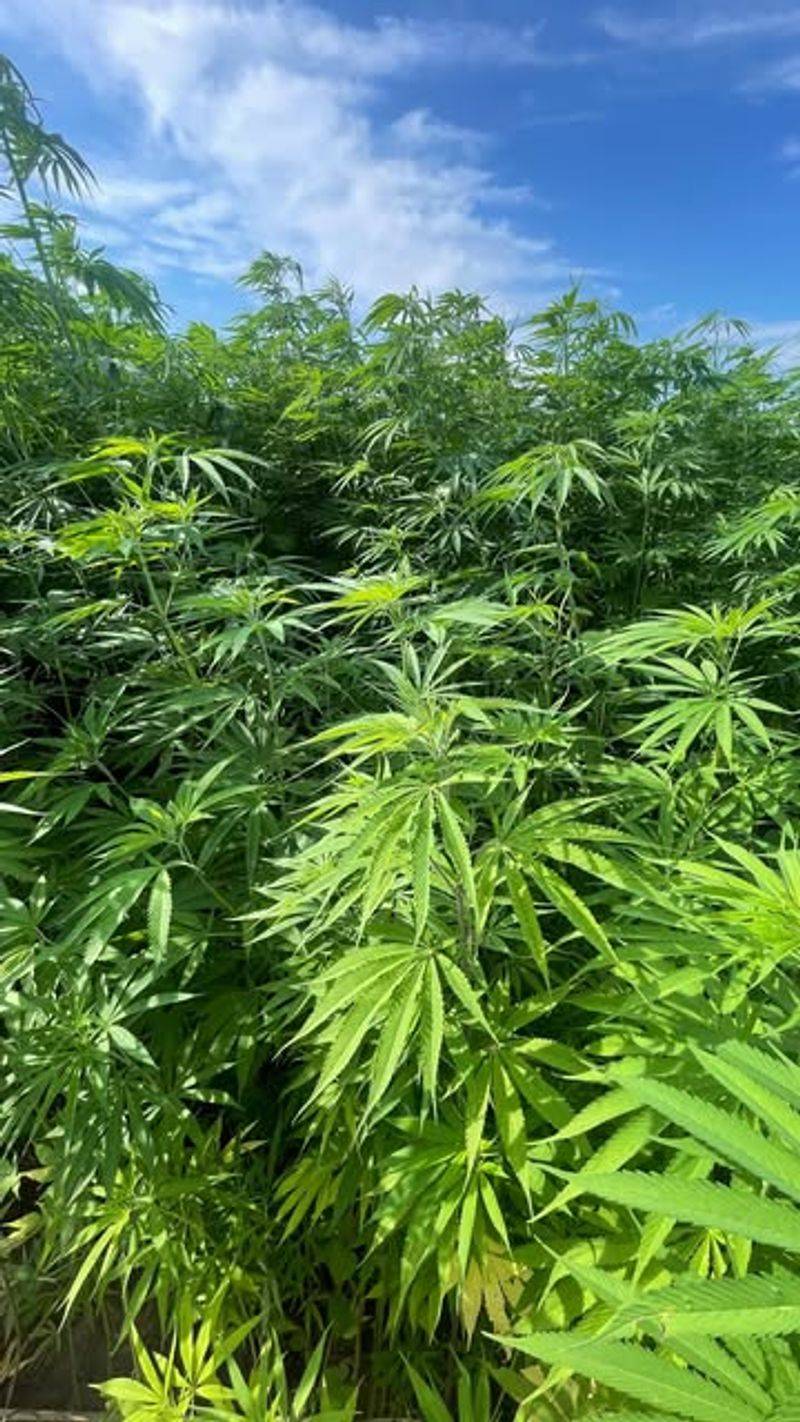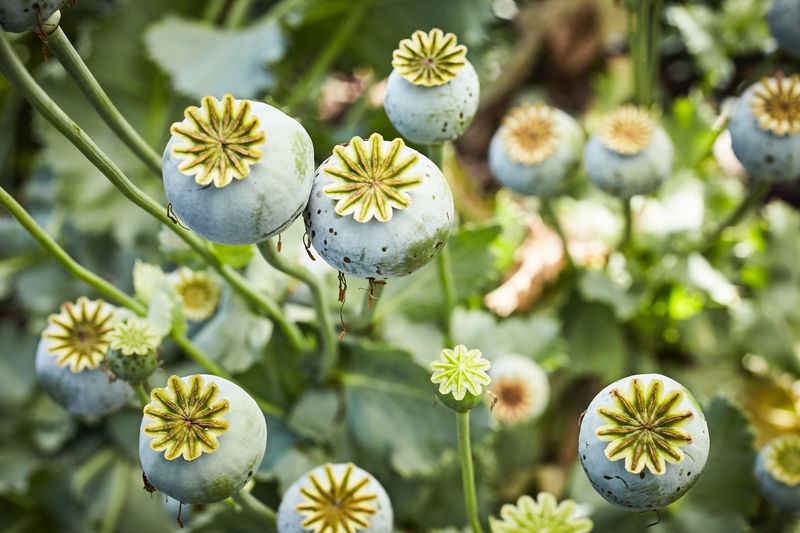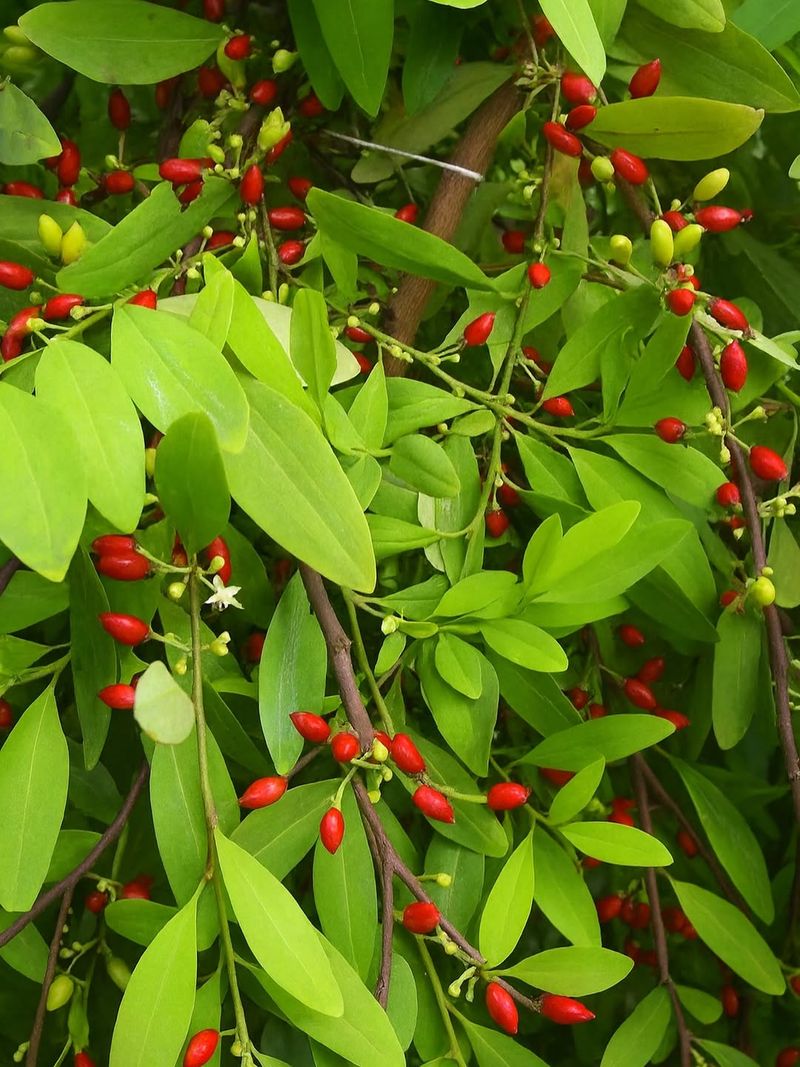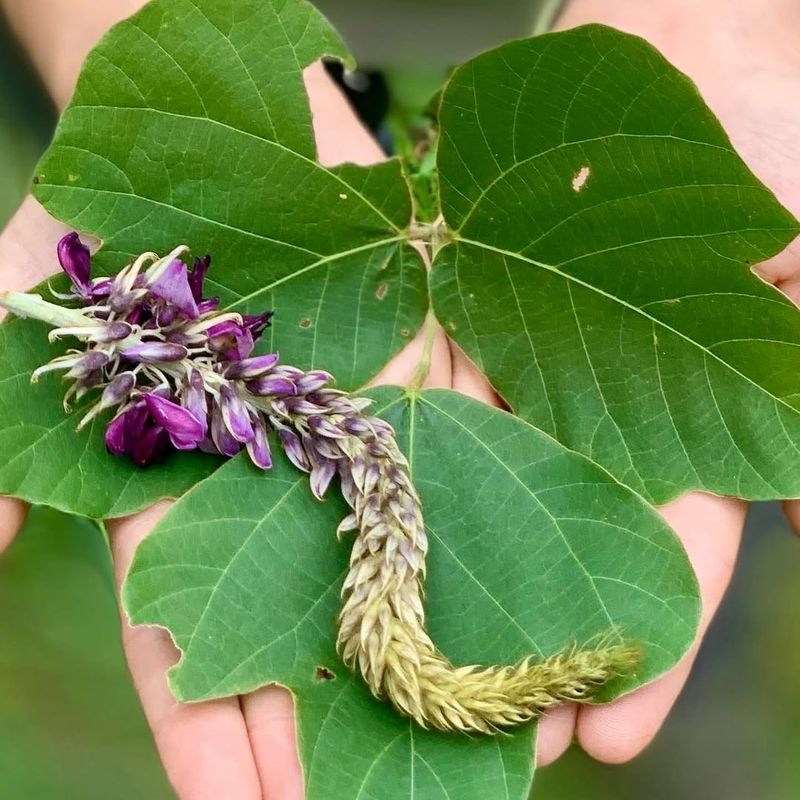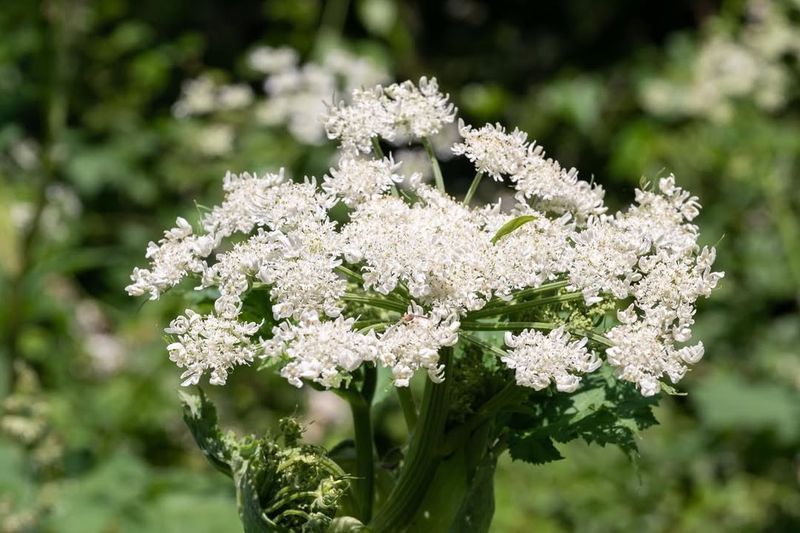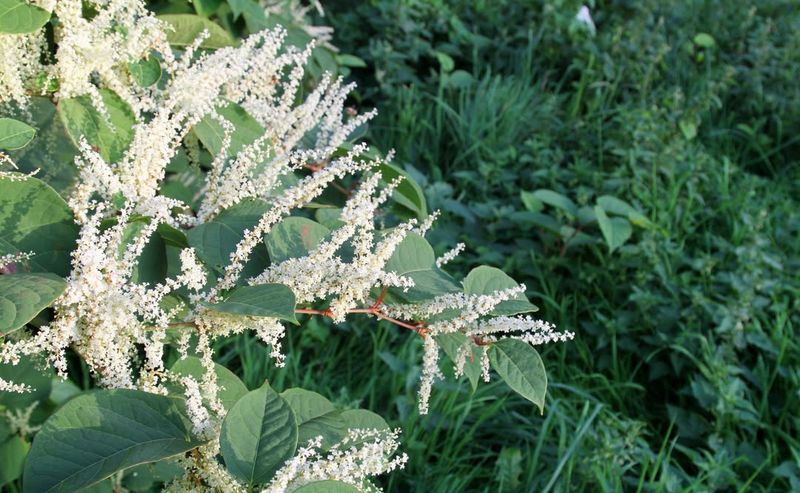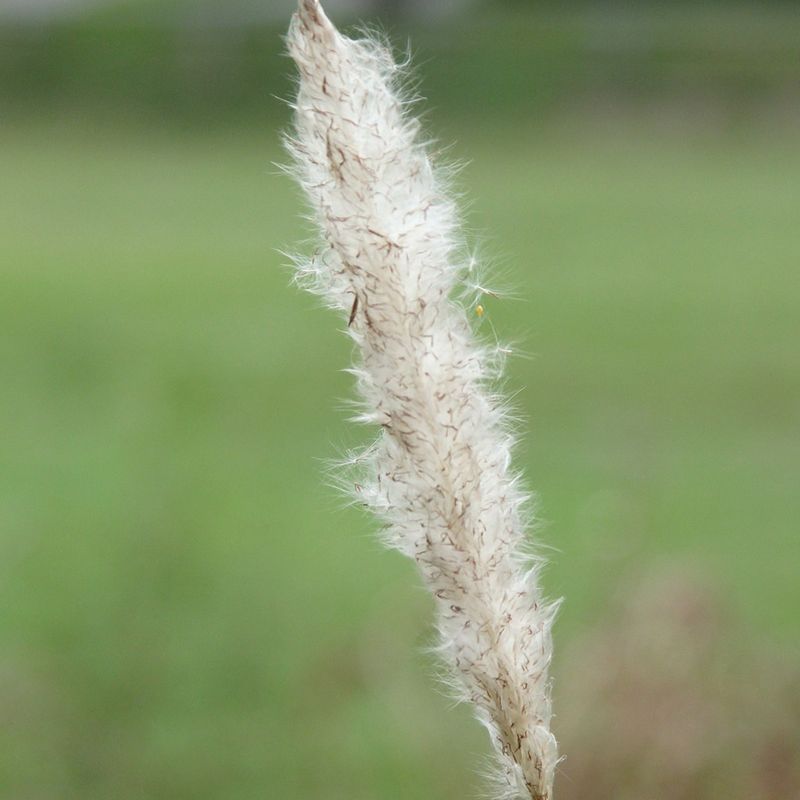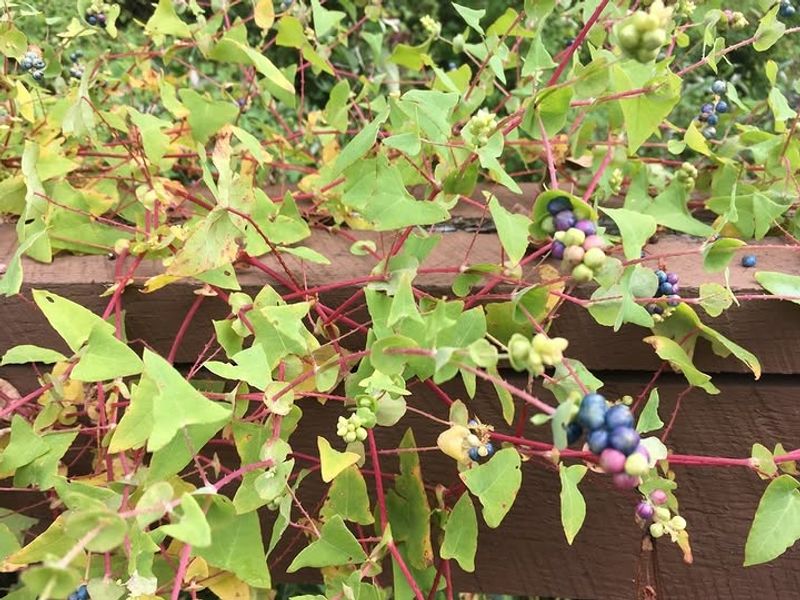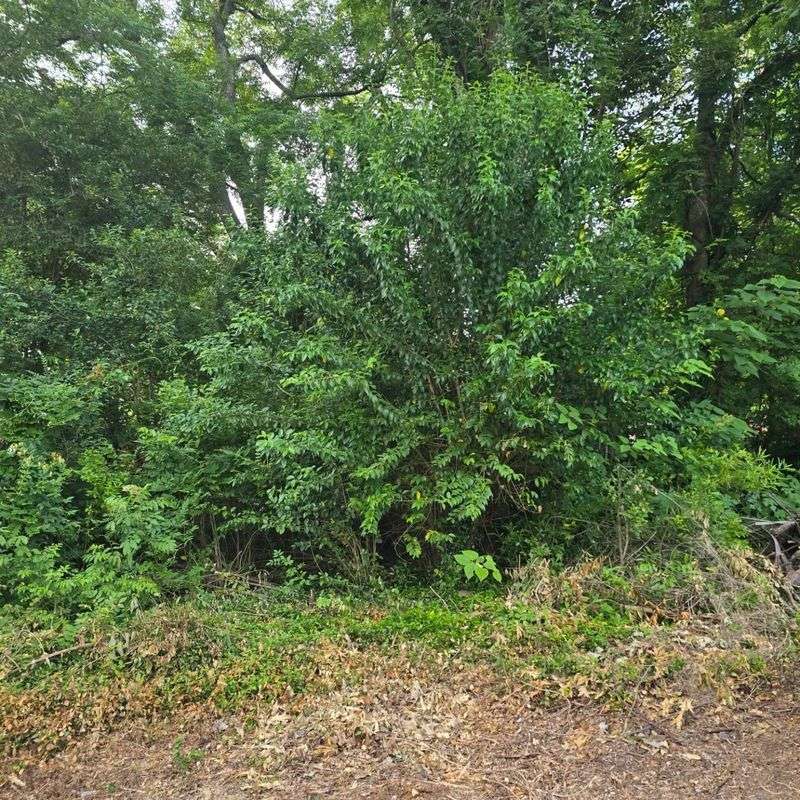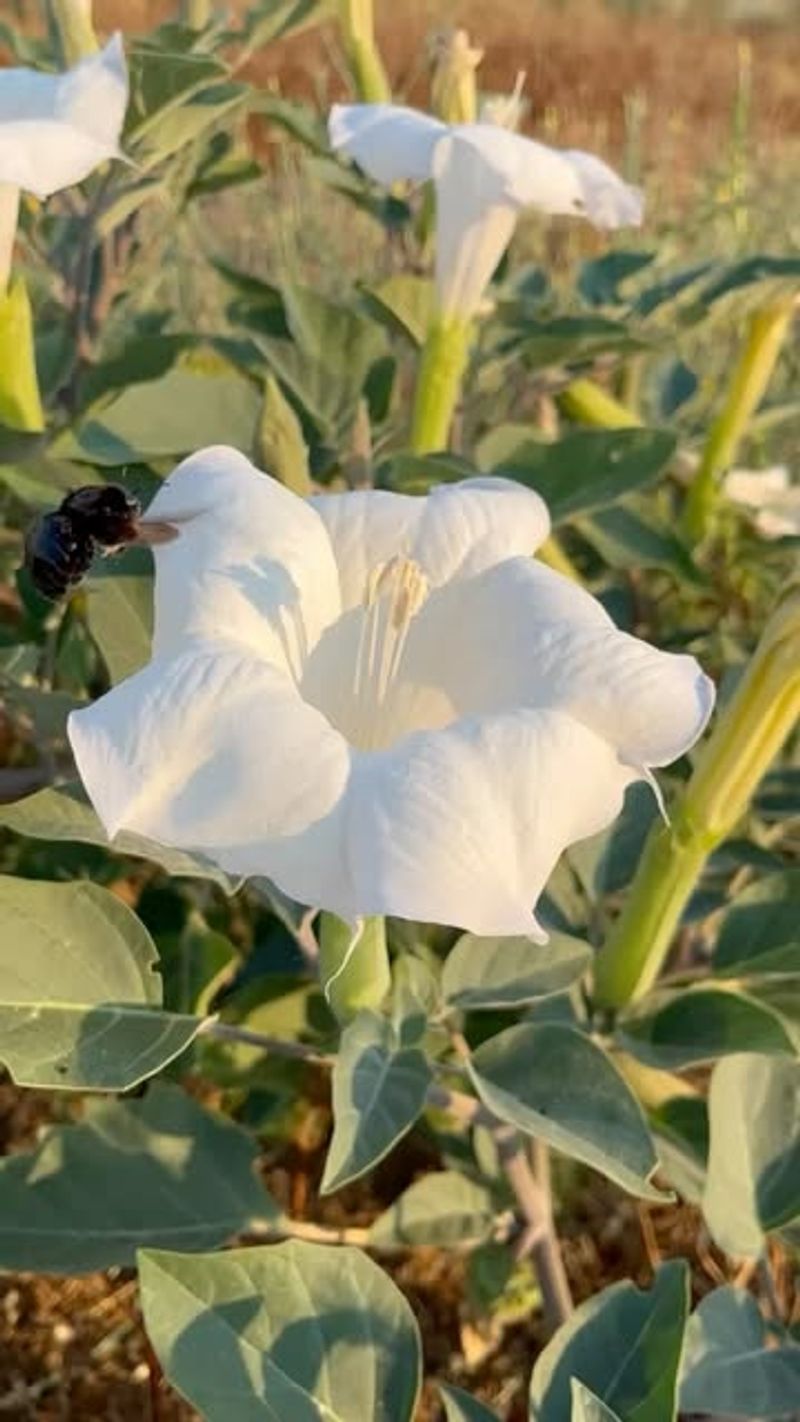Not every plant in your North Carolina garden is as innocent as it seems. I’ve discovered a few crops on this list that many gardeners unknowingly grow.
Knowing which ones are illegal can save you fines and headaches. Adjusting your planting choices now keeps your garden safe and worry-free.
1. Cannabis (Marijuana)
Despite changing laws across America, marijuana remains illegal to grow in North Carolina without proper medical licenses. Recreational cultivation can result in serious criminal charges and hefty fines.
Even a single plant in your backyard could lead to arrest. Medical marijuana is limited, and growing it yourself isn’t allowed under current state regulations.
Many residents don’t realize how strict North Carolina enforcement can be compared to neighboring states with more relaxed policies.
2. Opium Poppies (Papaver somniferum)
Beautiful as they are, opium poppies are federally illegal because they produce the raw material for heroin and morphine. Growing them in North Carolina, even for ornamental purposes, violates drug laws.
Gardeners sometimes buy seeds online without realizing they’re prohibited. The distinctive seed pods make them easy to identify for law enforcement.
Other poppy varieties like California poppies are legal, so choose your flowers carefully when planning your North Carolina garden.
3. Coca Plants (Erythroxylum coca)
Coca plants produce cocaine and are strictly forbidden throughout the United States, including North Carolina. Possession or cultivation carries severe federal penalties regardless of intended use.
Some people mistakenly believe growing small amounts for traditional tea is acceptable. It’s not—any cultivation is a serious crime.
North Carolina’s climate isn’t ideal for coca anyway, but attempting to grow it indoors or in greenhouses will still get you arrested if discovered by authorities.
4. Kudzu (Pueraria montana)
Known as “the vine that ate the South,” kudzu is banned in North Carolina due to its incredibly aggressive growth. This invasive species can grow a foot per day, smothering native plants and destroying ecosystems.
Planting kudzu is prohibited to protect forests and farmland. North Carolina takes invasive species seriously, imposing fines on violators.
If you spot kudzu on your property, report it immediately rather than trying to cultivate or ignore it.
5. Giant Hogweed (Heracleum mantegazzianum)
Giant hogweed might look like an impressive garden specimen, but it’s dangerously toxic and illegal in North Carolina. Its sap causes severe burns and blistering when exposed to sunlight.
Children are especially vulnerable to accidental contact with this invasive plant. North Carolina banned it to prevent both ecological damage and public health risks.
Native to Asia, giant hogweed spreads rapidly along waterways. Growing it intentionally brings serious legal consequences and endangers your community’s safety.
6. Japanese Knotweed (Fallopia japonica)
With roots that can crack foundations and destroy infrastructure, Japanese knotweed is banned throughout North Carolina. This bamboo-like invader costs millions in property damage annually.
Some gardeners once planted it as a privacy screen, not knowing its destructive potential. Now it’s classified as a noxious weed.
North Carolina authorities actively work to eradicate existing populations. Planting it knowingly can result in fines and mandatory removal at your expense, plus potential liability for spread.
7. Cogongrass (Imperata cylindrica)
Dubbed one of the world’s worst invasive species, cogongrass is strictly prohibited in North Carolina. Its razor-sharp leaves and aggressive spreading make it a nightmare for farmers and landowners.
Originally introduced for livestock forage, it proved worthless as feed and devastated native ecosystems instead. North Carolina law requires immediate reporting and destruction.
Fire increases its spread, making it particularly dangerous. Growing cogongrass intentionally violates state agricultural regulations with serious penalties.
8. Aquatic Hydrilla (Hydrilla verticillata)
Hydrilla chokes North Carolina’s waterways, making boating impossible and destroying fish habitats. This aquatic invader is illegal to plant, sell, or transport within the state.
Even tiny fragments can start new infestations, spreading rapidly through lakes and rivers. Anglers sometimes accidentally spread it on boats and equipment.
North Carolina spends considerable resources fighting hydrilla. Intentionally introducing it to ponds or water gardens brings substantial fines and potential criminal charges for environmental damage.
9. Mile-a-Minute Weed (Persicaria perfoliata)
True to its name, mile-a-minute weed grows with incredible speed, smothering everything in its path. North Carolina lists it as a prohibited noxious weed due to its destructive impact.
Barbed stems make it painful to remove and dangerous for wildlife. It forms dense mats that kill native vegetation.
Originating from Asia, this invasive vine has no natural predators in North Carolina. Planting it violates state law, and property owners must eliminate any infestations discovered.
10. Chinese Privet (Ligustrum sinense)
Once popular for hedges, Chinese privet now ranks among North Carolina’s most problematic invasive plants. It forms impenetrable thickets that exclude native species and reduce biodiversity.
Many older properties still have privet that owners must work to remove. Planting new specimens is prohibited under state invasive species regulations.
Birds spread the seeds widely, making control difficult. North Carolina encourages replacing privet with native alternatives that support local ecosystems better.
11. Jimsonweed (Datura stramonium)
Jimsonweed’s beautiful trumpet flowers hide a deadly secret—every part is extremely poisonous. While not strictly illegal to possess, cultivating it intentionally in North Carolina raises serious liability concerns.
Teenagers sometimes seek it for hallucinogenic effects, often with tragic results. Deaths occur regularly from jimsonweed poisoning.
North Carolina agriculture officials discourage its presence near homes and schools. Landowners who knowingly maintain it could face legal action if someone is poisoned on their property.
12. Yellow Iris (Iris pseudacorus)
Pretty yellow iris might seem harmless, but it’s classified as invasive in North Carolina wetlands. It outcompetes native plants that wildlife depends on for food and shelter.
Many garden centers still sell it, but planting near waterways violates environmental protection laws. North Carolina wetlands are protected ecosystems.
Native blue flag iris makes a beautiful legal alternative. Choose wisely when selecting water garden plants to avoid contributing to North Carolina’s invasive species problems and potential fines.


